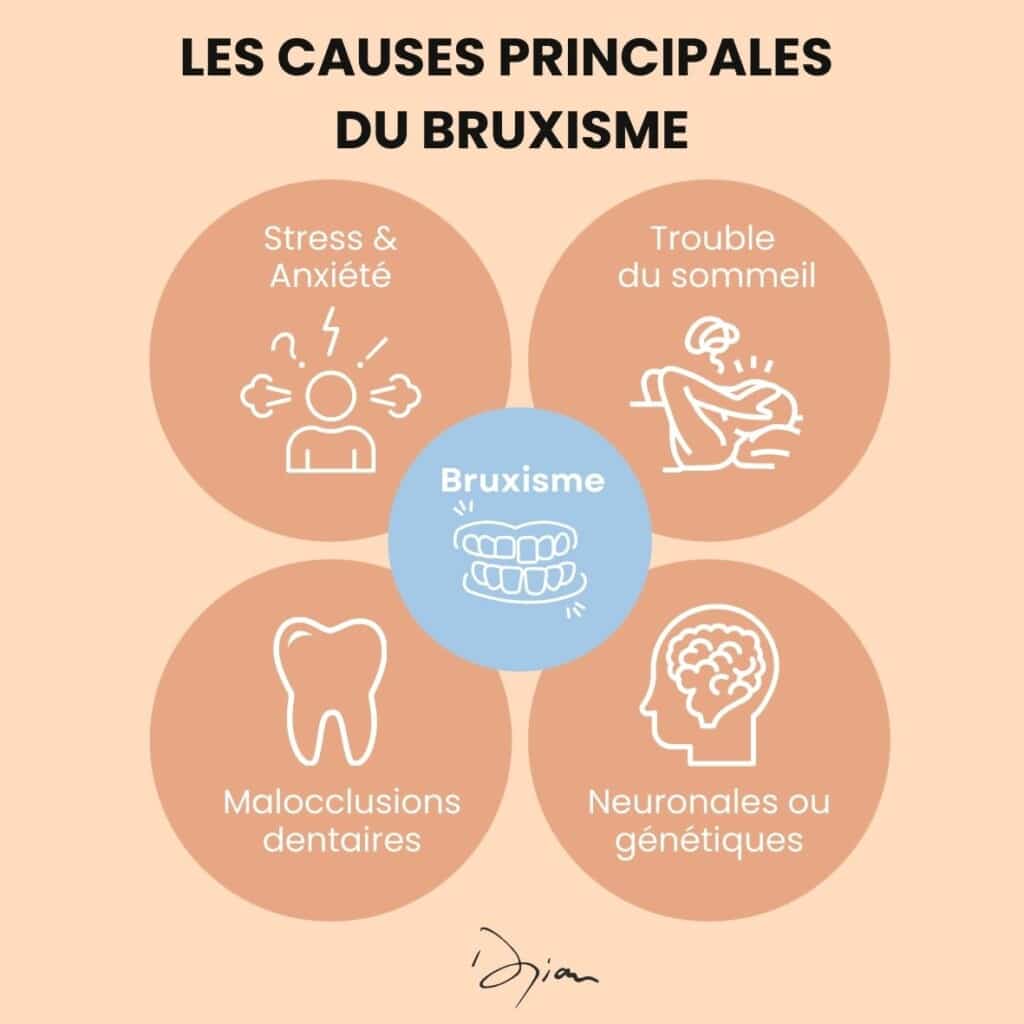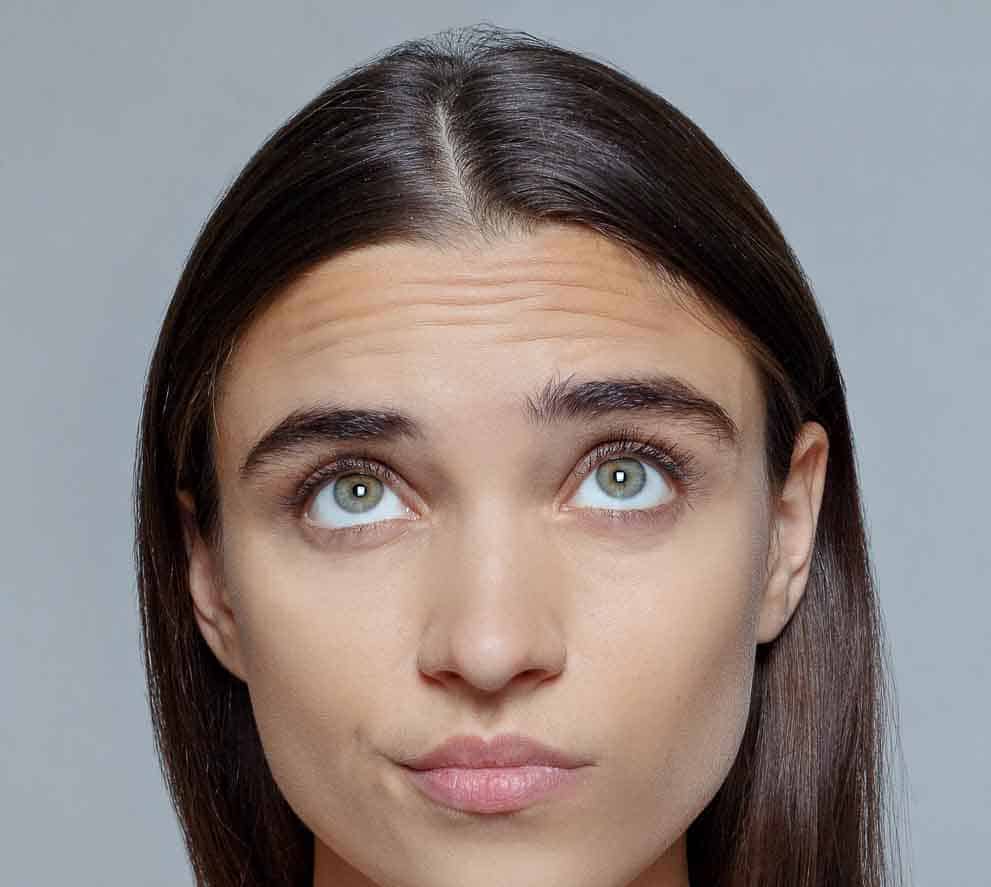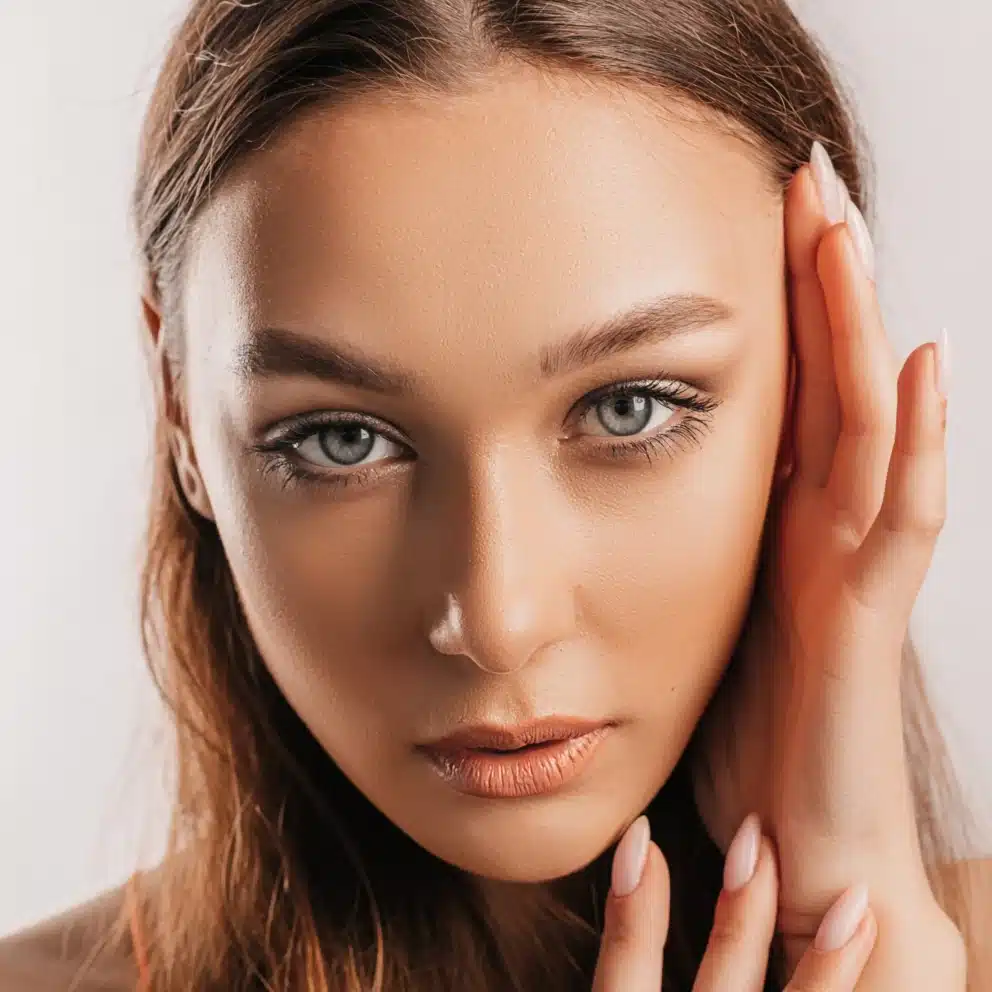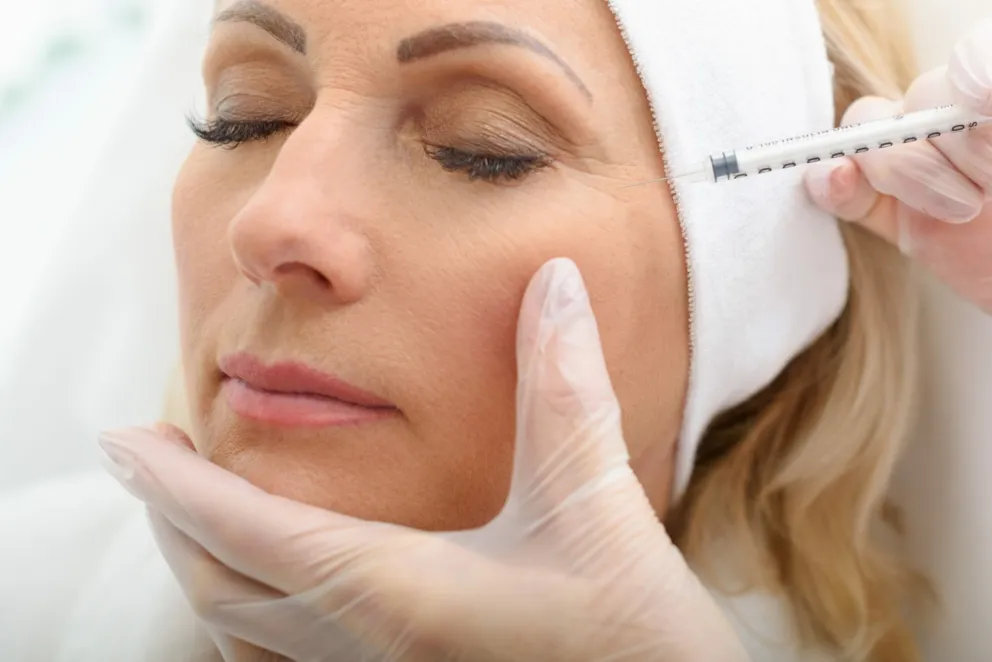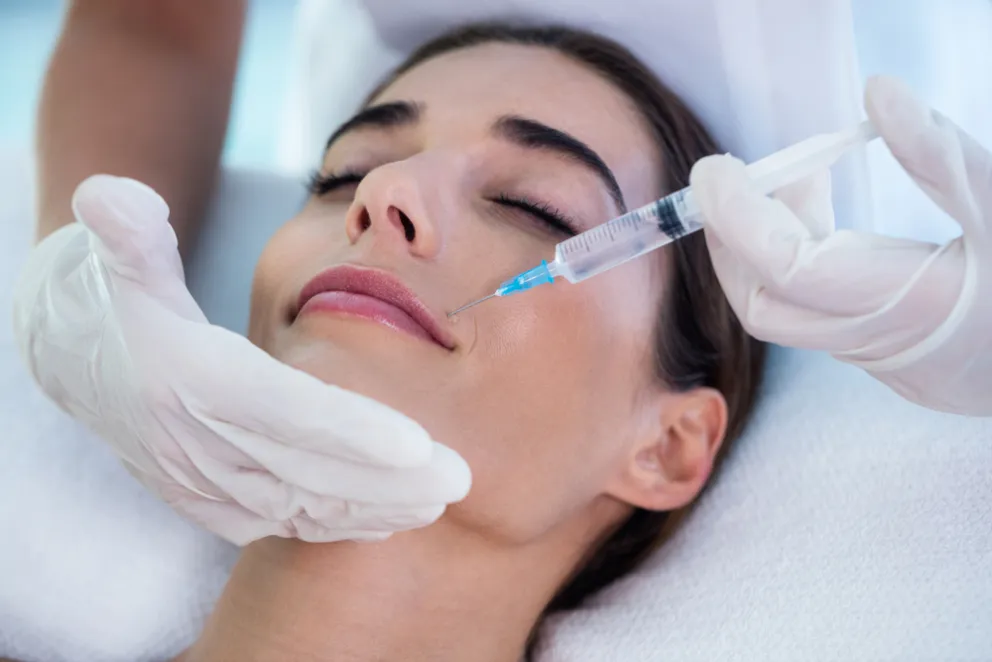- The bruxism is the involuntary clenching or grinding of teeth, often nocturnal, which causes pain, tooth wear and muscle fatigue.
- Its causes are multifactorial Stress, sleep disorders, malocclusion, neurological or genetic conditions, with risk of headaches, joint problems and aesthetic repercussions.
- The Botox injections in the masseter relax the muscle, reducing clenching and pain, and protecting the teeth.
- The session with the Dr Djian lasts just a few minutes, without anaesthetic or social eviction, with effect in 3 to 5 days.
- Results last an average of 4 to 6 months, The result is improved sleep and a progressively slimmer jaw.
- Prices from 400 € INCL. VAT, non-reimbursed treatment, ideally combined with a occlusal splint for maximum protection.
Procedure
BOTOX AND BRUXISM: UNDERSTANDING AND TREATING TEETH GRINDING
Do you wake up in the morning with headaches and severe jaw pain, sometimes so intense that you can't open your mouth fully? You may be suffering from Bruxism. This pathology affects millions of people, causing pain, tooth wear and muscle fatigue. Often ignored, it impairs quality of life and can have serious medical consequences. Find out how in Paris, Botox injection has become an effective but often overlooked solution for relaxing the muscles responsible for clenching and grinding teeth.
Your Questions
FREQUENTLY ASKED QUESTIONS ABOUT BOTOX FOR BRUXISM
HOW OFTEN SHOULD INJECTIONS BE REPEATED?
Botox for bruxism is generally repeated every 4 to 6 months. The duration depends on the intensity of the frictionmuscle power associate and how each jaw responds to treatment. Some patients may require a longer period of stability, while others need more frequent sessions. Visit progress medical monitoring to adapt frequency and avoid relapse, guaranteeing lasting comfort without overusing injections.
IS BOTOX INJECTION PAINFUL?
The injection session is quick (around 5 minutes) and well tolerated. The progress simply includes a fine needle placed bottom of the jaw to correct muscular hyperactivity. Discomfort comparable to a conventional injection may be experienced, sometimes with slight sensitivity in the area. treatedBut it disappears within a few hours. Rarely, a small ecchymosis may appear and then disappear on its own. Overall, most patients report minimal discomfort, and find the relief far superior to this brief inconvenience.
CAN YOU COMBINE GOUTING AND BOTOX?
Yes, it's the most complete approach. The mouthpiece protects thewear linked to friction and night creakingwhile Botox injections limit the activity of themanducatory apparatus. By reducing muscular contraction and mechanically protecting teeth, this combination helps to correct both symptoms and consequences. Several studies have shown that combining the two produces better results than an isolated solution, with longer-lasting functional and aesthetic improvements.
IS THERE A RISK OF DEPENDENCE ON THE TREATMENT?
No, Botox is not addictive. This substance is a neurotoxin used has long been used in medicine for a variety of indications, including the excessive sweating or certain diseases treatment. In the case of bruxism, it's simply a matter of deciding whether or not to continue, depending on how comfortable the patient feels. If the jaw is less painful and nocturnal episodes diminish, many patients choose to renew their treatment. Discontinuation is always possible, with no negative health consequences.
DOES THE AESTHETIC APPEARANCE OF THE JAW CHANGE?
Yes, especially in people with masseter hypertrophy. Muscle relaxation progressively reduces the volume at the low jaw levelThe result is a slimmer, more harmonious face. In some cases, this aesthetic effect is perceived as rejuvenation, as it softens features and can reduce the impression of ride or voltage. The cost, from 400 euros per session with Dr Djian, is often considered to be justified by this double benefit: relief medical and aesthetic enhancement.
WHAT FACTORS CONTRIBUTE TO BRUXISM?
Bruxism can be accentuated or triggered by several factors:
- Taking medication Some antidepressants, particularly serotonin inhibitors, are known to increase symptoms.
- Drug use Ecstasy and other stimulants can induce involuntary jaw contractions.
- Traumatic events an intense psychological or emotional shock can be a trigger.
- Extensive medical history repeated general anesthesia with intubation can traumatize the temporomandibular joint and induce bruxism.
- Accidents Cervical trauma ("whiplash") or injury to the lower jaw can cause persistent symptoms.
AT WHAT AGE DOES BRUXISM APPEAR?
Bruxism most often manifests itself in late adolescence and early adulthood, usually between the ages of 17 and 20. In its chronic form, it tends to subside naturally after the age of 40, although remission can occur at any time in life. Although rarer, the phenomenon also exists in the elderly, where it may persist or appear late in life. Geriatric bruxism remains little studied, and requires specific research to understand its particularities.
WHAT OTHER USES DOES BOTOX HAVE IN AESTHETIC MEDICINE?
Botox is not only used to treat bruxism. In aesthetic medicine, it is mainly used to correct forehead expression lines, raise the arch of the eyebrow, reduce crow's feet wrinkles around the eyes, or lift an unsightly nose tip. By partially blocking the nerve signals responsible for muscle contractions, it smoothes the treated areas while preserving the face's natural mobility.
This neurotoxin used in low doses offers a aesthetic relief and a rejuvenating effect without surgery.
YOU MAY BE INTERESTED
IN THESE SECTIONS
Your Questions
ASK YOUR QUESTIONS
TO DR. DJIAN
TO DR. DJIAN
